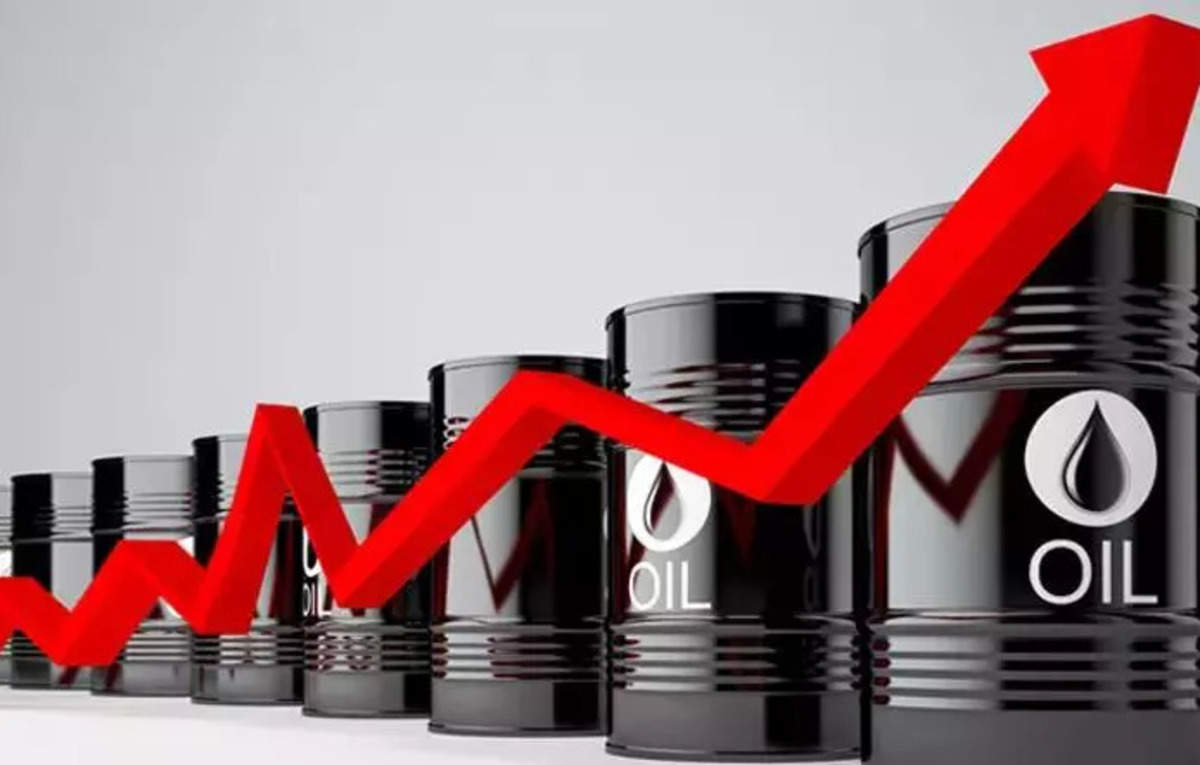
The given text is an article about the slight increase in oil prices on Thursday due to reduced crude inventories and gasoline supplies, indicating higher demand.The given text is an article about the slight increase in oil prices on Thursday due to reduced crude inventories and gasoline supplies, indicating higher demand. The key points of the article are: * Inventories decline: U.S. crude inventories fell by 3.4 million barrels, significantly exceeding analysts’ expectations. Gasoline inventories also dropped by 2 million barrels. * Strong demand: The decline in inventories suggests increased demand, possibly due to refinery processing and summer travel. * OPEC’s forecast: OPEC maintains its projection of robust global oil demand growth in 2024 and beyond, citing economic growth and air travel as drivers. * Limited gains: Supply disruptions from Hurricane Beryl were minimal, limiting the rise in prices. * Interest rate expectations: Expectations of a 25 basis point interest rate cut in September have increased, which could stimulate economic activity and oil demand. * Fed Chair’s remarks: Federal Reserve Chairman Jerome Powell emphasized that interest rate decisions will be made based on economic data, not political considerations.
By Arathy Somasekhar
(Reuters) – Oil prices rose slightly on Thursday as crude inventories fell after U.S. refiners ramped up processing and as gasoline supplies fell, signaling stronger demand.
Brent futures rose 35 cents, or 0.4%, to $85.43 a barrel. U.S. West Texas Intermediate (WTI) crude rose 36 cents, or 0.5%, to $82.47 a barrel.
U.S. crude inventories fell 3.4 million barrels to 445.1 million barrels in the week ended July 5, far beating analysts’ expectations in a Reuters poll for a decline of 1.3 million barrels.
Gasoline inventories fell 2 million barrels to 229.7 million barrels, well above the 600,000 barrels analysts had expected during the U.S. Fourth of July holiday week.
The Organization of the Petroleum Exporting Countries also stuck to its forecast of relatively strong growth in global oil demand in 2024 and beyond, saying on Wednesday that resilient economic growth and air travel would support fuel consumption in the summer months.
However, profits remained limited as supply disruptions to refineries and offshore production facilities caused by Hurricane Beryl were minimal.
Meanwhile, this week will see the release of US inflation figures, including the consumer price index on Thursday and the producer price index report on Friday. Both figures could set the tone for the market.
Expectations of a 25 basis point rate cut in September have risen to 74% from 70% on Tuesday and 45% a month ago, according to CME’s FedWatch.
Lower interest rates reduce borrowing costs, which can boost economic activity and demand for oil.
Federal Reserve Chairman Jerome Powell said Wednesday the U.S. central bank will make interest rate decisions “as and when” they are needed, pushing back against suggestions that a September rate cut could be seen as a political move ahead of the fall presidential election.
(Reporting by Arathy Somasekhar in Houston; Editing by Muralikumar Anantharaman)